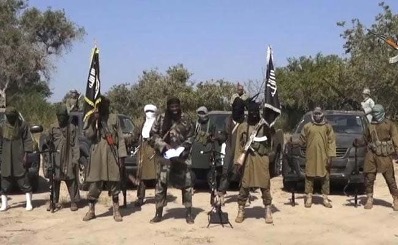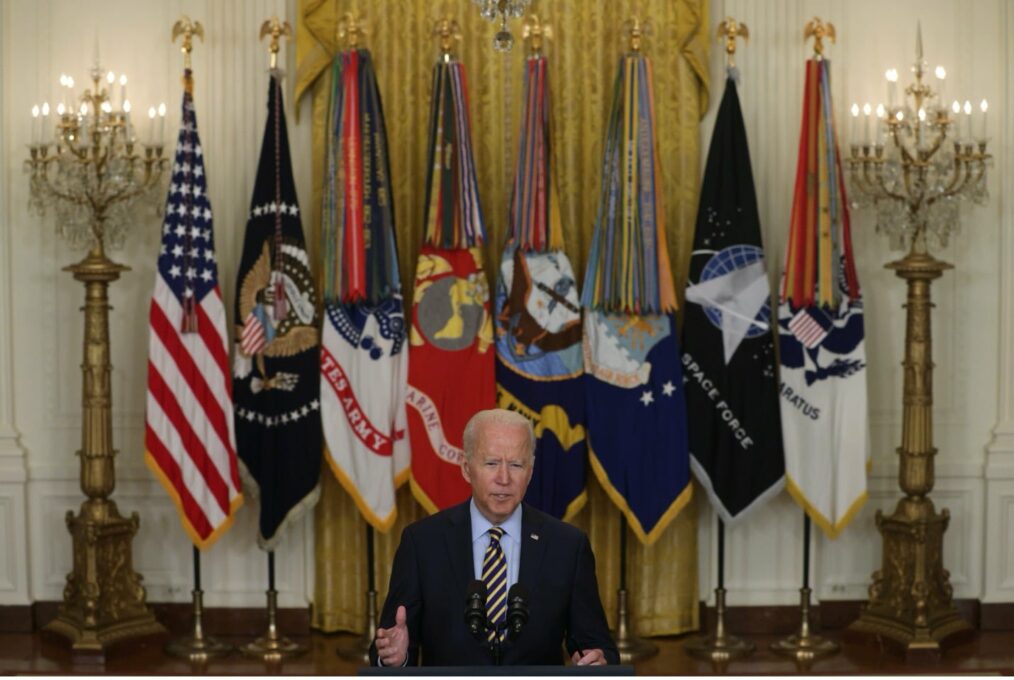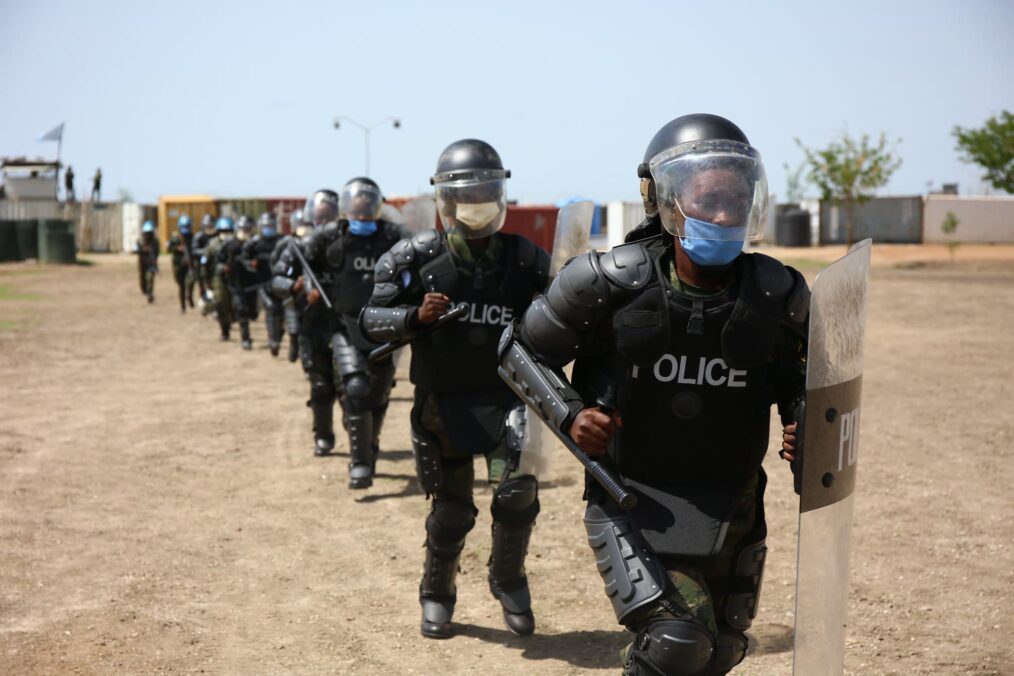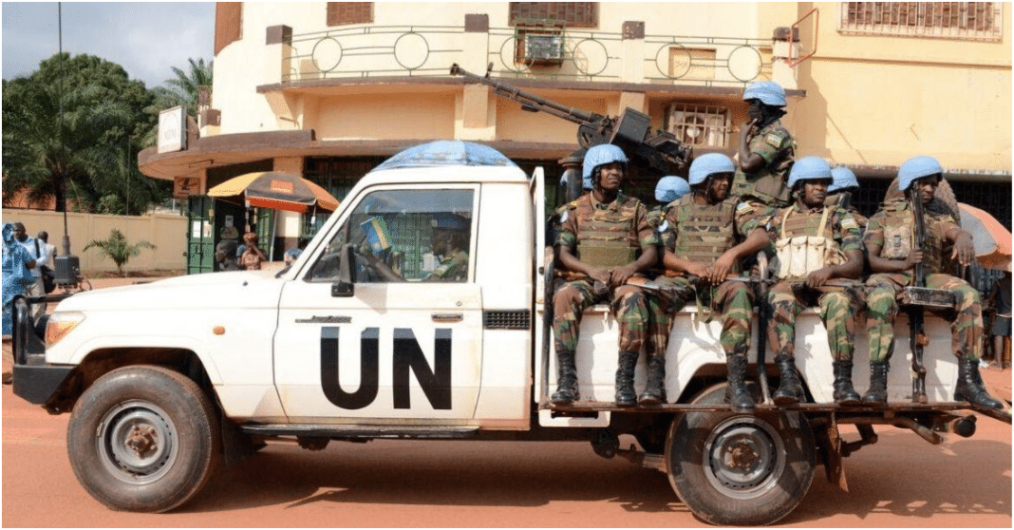
Boko Haram insurgents (Photo Credit Ndtv: https://www.ndtv.com/world-news/nigerias-boko-haram-leader-dead-islamic-state-west-african-province-says-2457798)
Over the last few months the Nigerian armed forces have enjoyed a series of military victories against Boko Haram, who have also been plagued with infighting and defections. Notably the recent suicide of Boko Haram’s leader, Abubakar Shekau, marked a major blow to the Islamist terrorist group who, for the last two decades, have spread chaos and death, killing thousands across Nigeria.
Shekau’s suicide occurred not after a defeat to Nigerian government but at the hands of another terrorist organization, the Islamic States West Africa Province (ISWAP). Nevertheless, his death benefited the Nigerian government greatly, and was a severe blow for Boko Haram. Indeed, Boko Haram’s recent loss at the Battle of Sambisa Forest, emphasises the declining state of these terrorists. Not only was it a decisive defeat for Boko Haram, Sambisa was their former stronghold, but the fact that they lost to the ISWAP, another terrorist group with whom they had once been allied with marks a significant change in Boko Haram’s fortunes. This infighting illustrates the division and lack of unity between the Islamist terrorist groups in Africa. The Nigerian military has benefited greatly from this infighting and have pressed their advantage against the weakened and vulnerable Boko Haram.
Earlier this year, operation Hadin Kai saw Nigerian troops drive Boko Haram terrorists out of several of their territories in north-eastern Nigeria, including Borno state and Damboa. The Operation was commended for destroying several known terrorist camps in Borno before moving on to capture the resident rebels. Other detachments engaged the Domboa terrorists in intense combat and drove them into retreat. These decisive victories were both an enormous morale boost for the Nigerian military, and a PR Coup for the government, as previously their military had often suffered repeated defeats and heavy casualties of the course of their conflict with the Boko Haram. Now that the tide appears to be changing and Nigerian forces are winning battles in regions where once they had suffered ignoble defeats.
While the Nigerian military have been successful against Boko Haram before, Shekau’s death and the subsequent news that more than a thousand members of the organization have since surrendered to the Nigerian forces, signal a radical change in Boko Haram’s fortunes. Another key indicator is collapse of support for Boko Haram among their former allies and their own fighters. Since May, hundreds of Boko Haram fighters voluntarily surrendered in Cameroon. The surrender of these soldiers was likely driven by a loss of faith in their cause, rather than fearing a decisive military defeat.
Throughout history insurgencies have been notoriously difficult to defeat on a permanent basis. Guerrilla fighters and insurgents such as Boko Haram use hit-and-run tactics, striking without warning, before slipping away into the shadows to be sheltered by sympathisers. These tactics make it difficult for conventional troops to defeat insurrections in the long-term. Guerrilla groups also rely on spreading an ideal and romanticised image of their cause to gain supporters; narratives of martyrdom and dying heroically for the cause are key to inspire potential new recruits to take up the mantle and continue the fight. Thereby allowing these insurgent conflicts to last for many years. Such tactics have ensured the success of guerrilla insurgencies throughout history across the world.
The mass surrender by Boko Haram fighters indicates that one of the insurgent’s key weapons, the ability to inspire and recruit new members, is weakening. It has been thought that this may be due in part to Shekau’s suicide as the large number of defections started after his death. This suggests that he personally was a critical element holding the organization together as, without him, hundreds are no longer committed to Boko Haram.
Without the charismatic leader who inspired them, Boko Haram’s ideological grip on its members suddenly appears fragile. And time is against them. The Nigerian forces are “poised for a final routing” of the insurgency. Whilst the war is not over, this year marks a significant change of fortune for Boko Haram. They are now in a clearly vulnerable position to the Nigerian forces, who are pressing their advantage relentlessly, and continue to take decisive steps to finally defeat Boko Haram.





